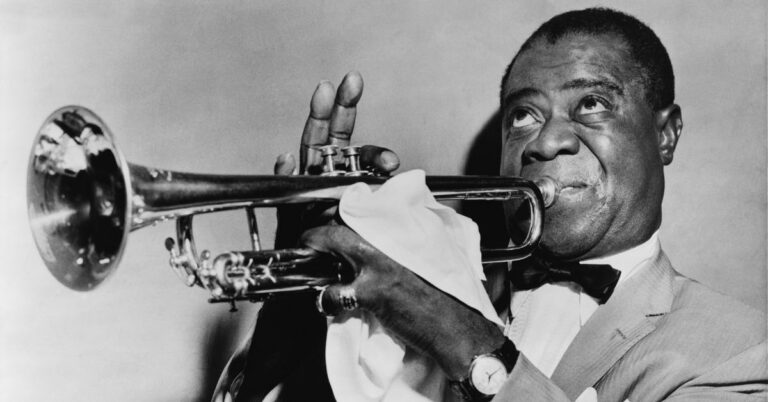Language is a repository of stories, and within its lexicon lies the chronicles of human history and culture. One such word that carries a vivid past is “hobo.” Evoking images of train-hopping wanderers and an era of adventure, the term has traversed time, weaving a narrative that encapsulates the trials, tribulations, and resilience of a unique way of life.
The Nomadic Beginnings: A Glimpse into “Hobo” Origins
The term “hobo” emerges from the rich tapestry of the American experience, and its roots can be traced back to the late 19th century. Derived from the phrase “hoe-boy” or “hawbaw,” which was commonly used to attract attention or beckon farm animals, the term gradually transitioned to describe migratory workers who sought employment during periods of economic instability.
The Rise of the Railroad Era: Hobos and the Iron Road
As the industrial revolution swept across the nation, the proliferation of railroads provided a means for hobos to travel great distances in search of work. The transient lifestyle became closely associated with riding the rails, as these itinerant workers hopped freight trains in pursuit of job opportunities and new horizons. The allure of adventure and freedom was tempered by the harsh realities of life on the road, as hobos often faced danger, hardship, and the constant uncertainty of their next meal or shelter.
A Community Unveiled: Hobo Culture and Symbols
Hobo culture emerged as a unique subculture, complete with its own code of ethics, symbols, and camaraderie. Drawn on fence posts, sidewalks, or railcars, the “hobo signs” formed a secret language that conveyed valuable information to fellow travelers—signs pointing to water sources, warning of hostile locals, or indicating a generous household. These symbols demonstrated the resilience and resourcefulness of the hobo community in navigating the challenges of their nomadic lifestyle.
Literary Portrayals and Cultural Impact: Hobos in Popular Imagination
The hobo lifestyle captured the imagination of writers, artists, and filmmakers, contributing to its enduring presence in popular culture. From Jack London’s tales of adventure to Charlie Chaplin’s portrayal of “The Tramp,” the hobo archetype became a symbol of both the struggles and the dreams of the marginalized. As the Great Depression unfolded, the hobo lifestyle resonated with the experiences of many, reinforcing its place in cultural narratives.
Challenges and Changing Perceptions: Hobos in Modern Times
In the modern era, the term “hobo” has evolved, and the hobo lifestyle has transformed with changing societal dynamics. Urbanization, economic shifts, and advancements in transportation have altered the landscape of travel and work opportunities. However, the hobo’s legacy endures, a reminder of a bygone era marked by resilience, community, and the pursuit of a different kind of American dream.
In Conclusion: Tracing Footsteps Through Time
The word “hobo” carries within it the echoes of history—of railroads and adventure, of community and codes, of struggles and survival. As we explore the origin of this evocative term, we gain insights into a nomadic way of life that left an indelible mark on both the American landscape and our collective imagination. In the hobo’s journey, we find tales of resilience, the yearning for freedom, and the enduring spirit of those who sought to find their place in a changing world.














